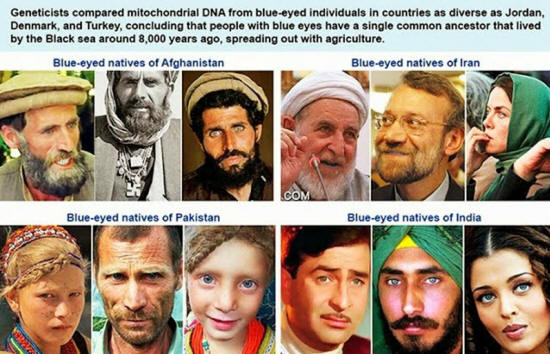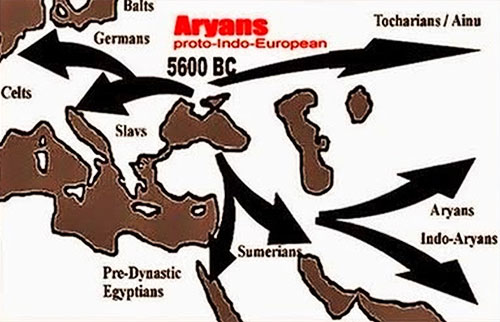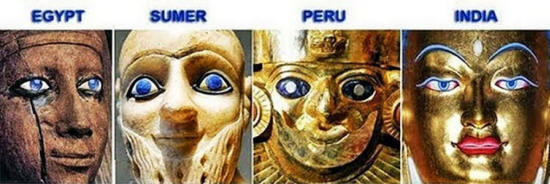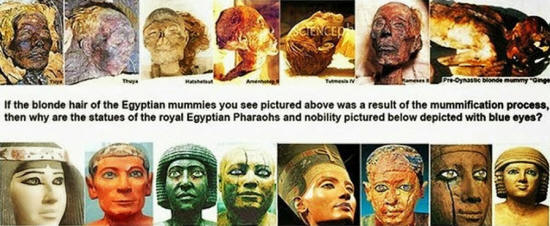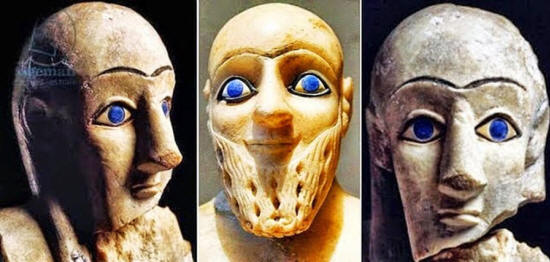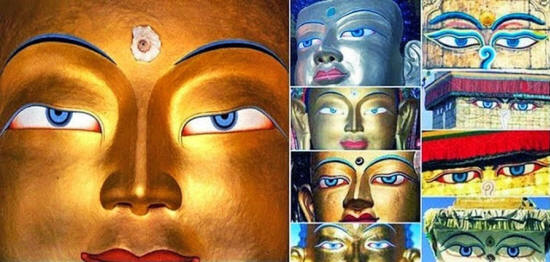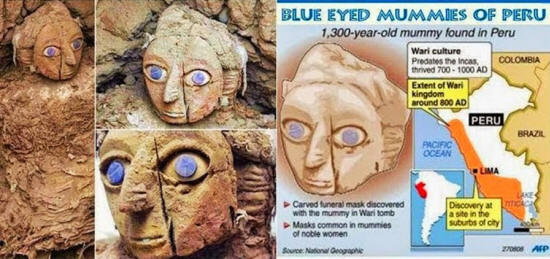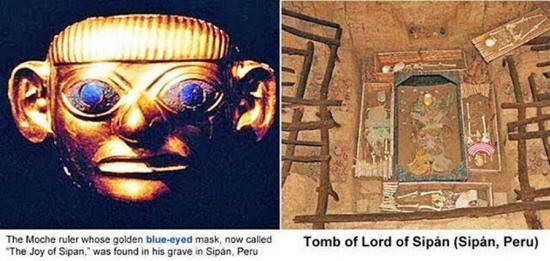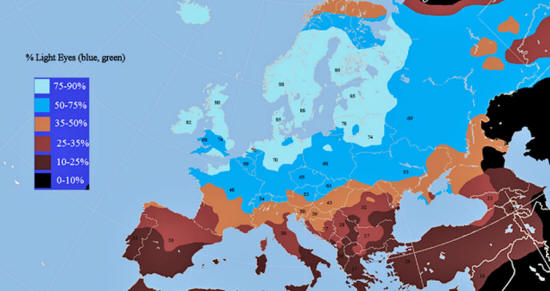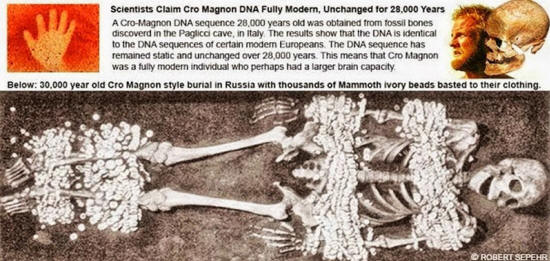|
from ApparentlyApparel Website
All of the subjects that participated in
the study (Blue
Eye Color in Humans may be Caused by a Perfectly Associated Founder
Mutation in a Regulatory Element located within the HERC2 Gene
Inhibiting OCA2 Expression) had the exact same genetic
"mutations" in specific chromosomes of the eye with very little
variation on the genes, indicating that the "mutation" responsible
for blue-eyes first arose and spread relatively recently.
These people were among the proto-Indo-European Aryans who subsequently spread agriculture into western Europe and later rode horses into Iran and India, explains Professor Hans Eiberg of the Department of Cellular and Molecular Medicine at the University of Copenhagen.
Since WW2, western academia backed and lobbied by politically motivated forces at the United Nations has pushed for a Marxist inspired multicultural view of history, which has ignored archeological evidence in favor of political correctness.
However well intentioned, this false perspective has cast much confusion over human origins:
The ancient Sumerians thought that blue
eyes were a sign of the gods (i.e.
the Anunnaki). The Sumerian
nobility were blue eyed and fair haired, as most of their busts
show.
These 32 characteristics are described throughout the Pali Canon, and are also regarded as being present in Cakravartin kings as well. #29 on this ancient list is "Eyes deep blue".
Its people were called
the Moche. They built huge pyramids
that still dominate the surrounding countryside; some well over a
hundred feet tall.
Piercing blue eyes undimmed by the passing of 1,300 years, this is the "Lady of the Mask" - a mummy with striking blue eyes, whose discovery could reveal the secrets of a lost culture at the Huaca Pucllana Pyramid located in Lima, Peru.
It is the first time a tomb from the region's Wari culture has been discovered intact and gives historians the chance to learn about the ancient pre-Incan civilizations.
He and in some cases his 'men' were described as being tall, bearded, with white skin, and beautiful emerald blue eyes.
Fray Juan Torquemada, the Franciscan missioner, who collected traditions about Quetzalcoatl from the natives of Old Mexico, says:
That's a bit disingenuous, as the mutation also produces greater instance of blond hair (sexually selected for even today) and fair skin, which confers a survival advantage by stimulating greater production of vitamin D in sun-starved northern European countries near the arctic circle - where blue eyes are still most prevalent.
They are also found to have a greater
range of hair and skin color. Comparatively, Europe has a wider
variety of hair color and skin pigment than is found in any other
continent in the world.
Through interbreeding, the brunette with blue eyes (Neanderthal-type) was evidenced about 35,000-25,000 years ago by invading Cro-Magnon types from the Atlantic (Tall, RH negative blood type, Solutrean tool kit).
In contrast, most mammals on earth share the "normal" form of the gene.
The six-letter sequence is exactly the same among,
No word on what gives Siberian huskies
and Siamese cats blue eyes...
|



